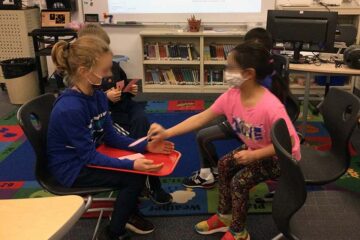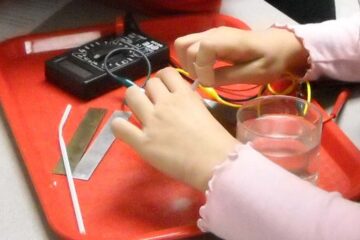Creating a child- and volunteer-safe environment
Anyone currently employed by a school district or other organization that serves youth is probably required by state law to receive ongoing training in youth safety. The purpose of this training is two-fold; it protects both the children and the adults working with them. If your state has no such mandates, and/or you have adult volunteers who have received no such training consider taking the Boy Scouts of America online Youth Protection Training (HERE). This free course is available to any interested adult regardless of affiliation to the Boy Scouts, and is applicable to any youth activity.
You may skip the portions concerning reporting incidents to the Boy Scouts; however, do check with your sponsoring organization for rules they may have.
To provide a safe activity, one enjoyed by children and adults alike, please keep the following guidelines in mind:
- Always have two adults present. Even if one adult could ordinarily manage the group you must be prepared in the event of accident, spills, sudden illness, upset child, fire alarm etc.
- You as the activity leader must keep all children and adults within your line of vision at all times. The only exception is when children are using the restroom.
- No adult or older youth volunteer can ever be alone with a student.
- Use the buddy system for bathroom breaks.

Finding and caring for your volunteers
In Kidizen Science modules, we suggest a minimum number of volunteers for each activity. This number does not include you, the activity leader. The leader must be available to step in where needed, and not be tied to any one station or function.
In addition to parents, high school students make excellent volunteers, as do grandparents. More mature middle school students also make good volunteers. Student volunteers are often highly motivated youth, searching for service opportunities for National Honor Society, scouts, church youth groups, or scholarship programs.
Provide your volunteers with an overview of the activity a few days ahead of time. I do this via email, putting a very brief overview in the body of the email and attaching more detailed information for those who have the time to explore a bit deeper.
Prepare a written copy of instructions for each station or assignment.
Consider making name tag lanyards for your volunteers, especially the student ones.



0 Comments